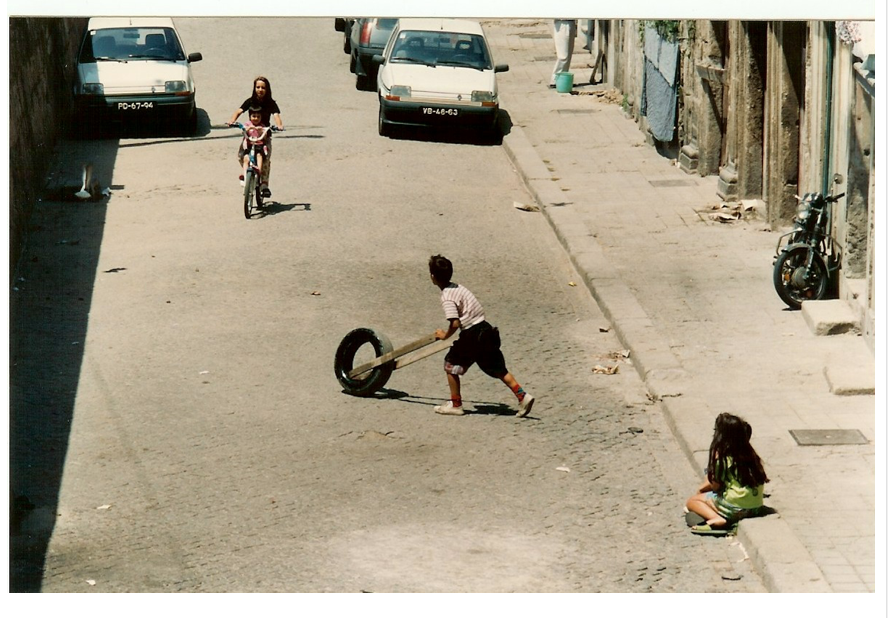There is a role for IDEA in this world wide claim.
IDEA was a founding member of the World Alliance for Arts Education WAAE (https://www.waae.online/) and continues to support the work of the alliance drawing together ISME, the International Society for Music Education, InSEA, International Society of Education through Art, and WDA, the World Dance Alliance
IDEA and the wider world of Drama and theatre
A question to ask about drama education and theatre and drama is: why is there a need for IDEA when there are other organisations like ITI/ASSITEJ/etc working in the field with similar objectives? What is distinctive about the mandate of IDEA?
While IDEA has affiliations with ITI the mandate of this United Nations/UNESCO body is broader than IDEA’s aims. Similarly the focus of ASSITEJ is on theatre makers and making while undoubtedly sharing an interest in young people.
When IDEA was funded, there was a need for the specific and particular concerns of drama and theatre educators to be heard.
IDEA has long sought to strengthen its ties with UNESCO. Despite the troubled current situation of UNESCO, underfunded since the withdrawal of the USA, there is value in reaching out to the members of UNESCO to further the aims of IDEA.
Drama Swings and roundabouts
In some places there are good news stories about drama education particularly in schools. There are sad news stories. In Iceland, Drama is included in the primary curriculum – a victory to be celebrated. In Finland, despite a long campaign from FIDEA, the Finish member of IDEA, drama in school has yet to be realised.
It cannot be said that there is a universal entitlement for all for drama education. The struggle continues.
Some concluding thoughts
Seven years working voluntarily for an international organisation across languages, cultures and locations has been challenging.
It has been rewarding and sometimes frustrating. There is work is still waiting to be done. There have been some small gains and victories; many disappointments.
The richness of our professional lives is a reflection of our capacity to belong. Through IDEA (and similar) I have been a member of a guild of drama educators, learning from each other, enriching each other.
I particularly thank my family for supporting my time in IDEA. Members of my family have accompanied me on the IDEA journey. My son Phillip was with me in Budapest for a General Council Meeting in 1997; my second son, Ben was with me in Kissumu Kenya in 1998 and in Belém, Brazil in 2010; my daughter Hannah was with me in Ottawa, Canada in 2004 and in Hong Kong in 2007. Finally, my wife, Liz, was with me in Frankfurt November 2019 (taking time from her busy career). More importantly, they have supported the travel i have undertaken (I stress, mostly taken at our own expense as funds within IDEA are limited and funding for travel in universities and institutions have long since dried up). As I move to the role of Immediate Past President, I leave with a sense of knowing that I could not have offered or done more. Even though there is always more to do, I pass the mantle to those who follow in the hope that I have contributed to our successes and survival into the future, stronger and more resilient. IDEA
Bibliography
Abbs, P. (Ed.) (1987). Living Powers: The Arts in Education. London: Falmer Press.
ACARA. (2014). The Australian Curriculum: The Arts. Retrieved from http://www.australiancurriculum.edu.au/the-arts/introduction
Ewing, R. (2020). The Australian Curriculum: The Arts. A critical opportunity. Curriculum Perspectives, 40, 75-81. doi:https://doi.org/10.1007/s41297-019-00098-w
MCEETYA Ministerial Council on Education Employment Training and Youth Affairs. (1989). The Hobart Declaration on Schooling. Ministerial Council on Education, Employment, Training and Youth Affairs Retrieved from http://www.educationcouncil.edu.au/EC-Publications/EC-Publications-archive/EC-The-Hobart-Declaration-on-Schooling-1989.aspx





























